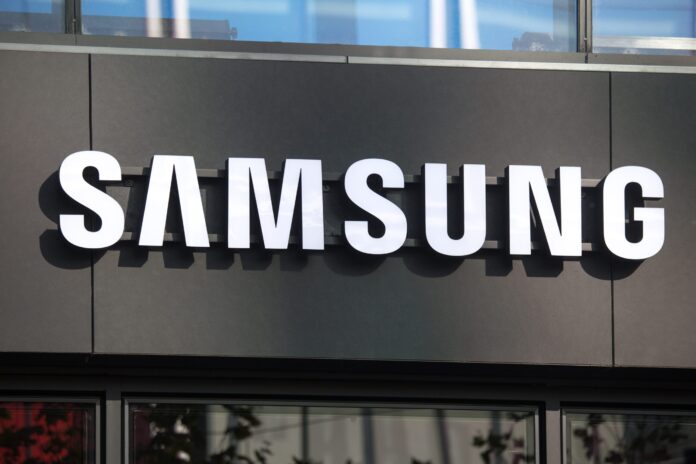WASHINGTON, D.C.—Spectrum, driving innovation and openness. From Samsung Networks’ view, these are the three things that the U.S. government should be focusing on to bolster the country’s global leadership in wireless technologies.
“We’ve got a lead in this country. We are at a crossroads. We need to keep moving,” said Mark Louison, EVP and GM of the Networks Business at Samsung Electronics America, during a talk at CTIA’s 5G Summit this week. Samsung, he went on, “will continue to innovate on top of 5G. Whether that’s adding other sorts of access capabilities such as non-terrestrial technologies, taking 5G Advanced functionality and enabling new use cases, or combining them with AI in meaningful ways—that’s next.” Louison offered a baseball comparison and said that 5G has momentum, but that it’s still only in about its third inning.
Samsung as a multinational corporation, Louison said, sees both sides of the 5G coin: Both in developing the technology and in applying it within its own business. Samsung operates 31 global manufacturing centers and also owns hospitals, a hotel chain and an amusement park among its business operations. “One very interesting dynamic for us is that we take all these of products we build and we’re putting them to use ourself in trying to develop these elusive 5G use cases,” he said. “What I would say is, they’re not as elusive as they used to be.”
To support continued tech leadership in 5G, Louison said that from Samsung’s perspective, the federal government needs to make sure that its activity around spectrum—a pipeline, an implementation plan, and so on—actually leads to allocation of spectrum for mobile operators. He also pointed out the billions of dollars that private companies like Samsung are pouring into research and development in order to foster further development not only of 5G, but also of Open RAN. Open RAN is also a focus of investment for the U.S. government, to bolster the ecosystem as an alternative to Chinese-owned network technology vendors that have been designated as national security risks.
“If you’re willing to engage and willing to be open, you will always grow a market far larger” than via purpose-built, vertically integrated solutions, Louison added. “Open always wins in the end.” In an interview at the event, Derek Johnston, head of marketing and 5G business development for Samsung Electronics America’s Networks Division, said that despite the overall industry slow-down in network infrastructure spending, Samsung is still seeing steady work, but a shift in the mix of what’s happening in the Radio Access Network for some customers—with higher levels of interest in in-building and private networks.
Asked further about that shift, Johnston said that he still thinks on a broad scale, that continued densification of 5G is likelier to happen before carriers put much attention on 5G indoor, unless there’s a specific situation that warrants it.
“I think likely we would see densification happen first. In-building is spotty,” Johnston said. “It’s the use cases primarily where it’s large public venues—like with LTE—it’s usually sporting and entertainment venues, venues where you’ve got specific applications on a dense user basis. We don’t have the proliferation of 5G applications enough to justify a lot of the investment that goes with in-building.” 5G isn’t fully built out and densified yet, and he thinks that will be much more important to the investment cycle than in-building investments, which he said are likely to continue to be spotty except for things like MNO-sponsored in-building solutions or large-venue deployments.
Johnston also thinks it’s a matter of time before operators are going to have to put more energy into building out millimeter-wave spectrum, which has been playing second fiddle to midband since the C-Band became available. The technology has matured since the early days of 5G, he noted.
“Everyone for a long time said, [millimeter wave] is nonsense, you need too many small cells, too much densification—which, understandably, yes. It is very true,” said Johnston. “But the bottom line is, you still have a problem out there, which is, you continue to build a network and as much capacity as we can put through it, it ends up getting used. So at a certain point, low-band, mid-band—they are insufficient. … Operators have to have a millimeter-wave strategy. They have to get there. So it’s just a matter of time. We’re still bullish on it and playing the long game there, and hopefully it’ll pay off. It’s an amazing technology, it’s just that it certainly has its limitations. But we keep pushing the boundaries of physics, which is remarkable in my mind.”

